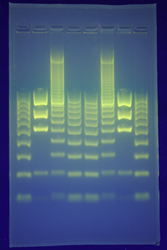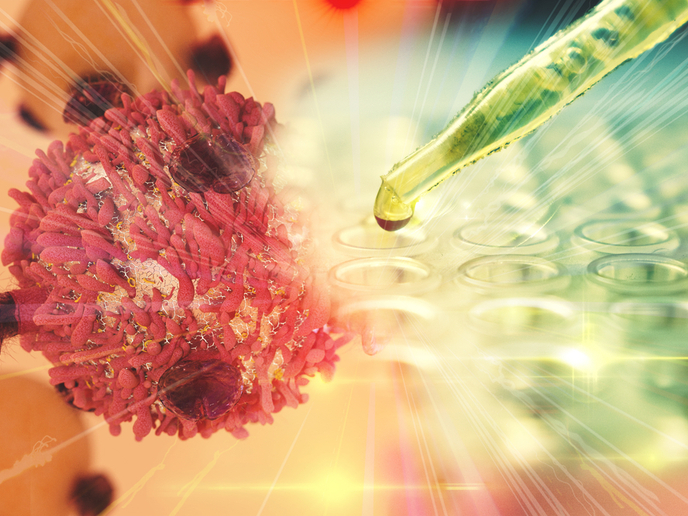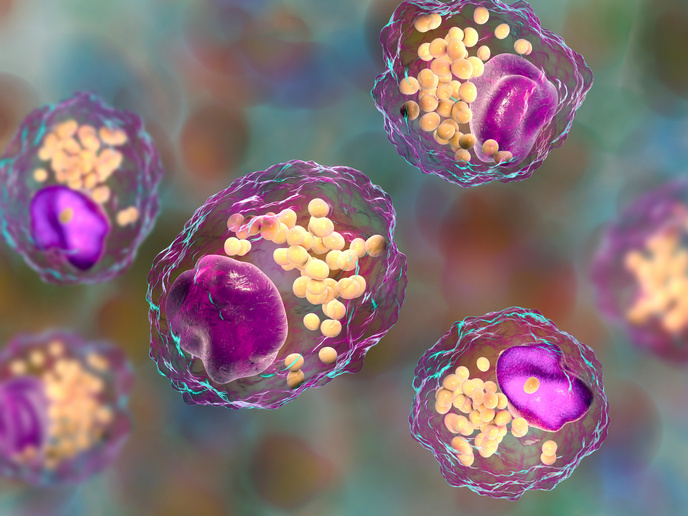Putting together the Okazaki fragments
The biochemical mechanisms involved in making that perfect copy of DNA, particularly in higher organisms, are very complex. Although many of the pieces of the DNA replication puzzle are in place, some remain elusive. Partners in the EU funded project REPBIOTECH aimed to investigate, step by step, the process in the microbial group Archaea. As micro-organisms that followed their own unique evolutionary path, some of their biochemistry shows more similarity to that of eukaryotes than prokaryotes. The general idea was that as Archaean pathways are overall simpler, elucidation of cascades in these organisms can lead to parallels in humans. Furthermore, research before REPBIOTECH revealed the presence of short developing DNA strands with 5' RNA segments in the hyperthermophilic Archaean Pyrococcus abyssi. Their size and structure turned out to be very similar to eukaryotic Okazaki fragments. The project team at the University of Paris Sud sought to find out exactly how RNA primers that help to join the Okazaki fragments are produced and then removed. In order to develop a model, the scientists cloned and overexpressed P. abyssi proteins implicated in this process. To check for expected interactions, surface plasmon resonance was used. High-affinity binding was indeed evident involving four of the candidate molecules. The pull-down technique and the monitoring of associated enzyme activity were then used to further confirm the protein-protein interactions. An intricate functional model of Okazaki fragment maturation in the Archaea was therefore pieced together. Albeit a very small portion of the overall process, complete models of each section represent major progress in the understanding of DNA copying. As cell replication and its malfunction lie at the heart of many diseases including cancer, knowledge of the molecular mechanics would be a highly potent tool. Figure: Pyrococcus abyssi thrives in the vicinity of undersea hot vents, where there is no sunlight but the pressure is up to 200atm, in addition to the extremely high temperature.







